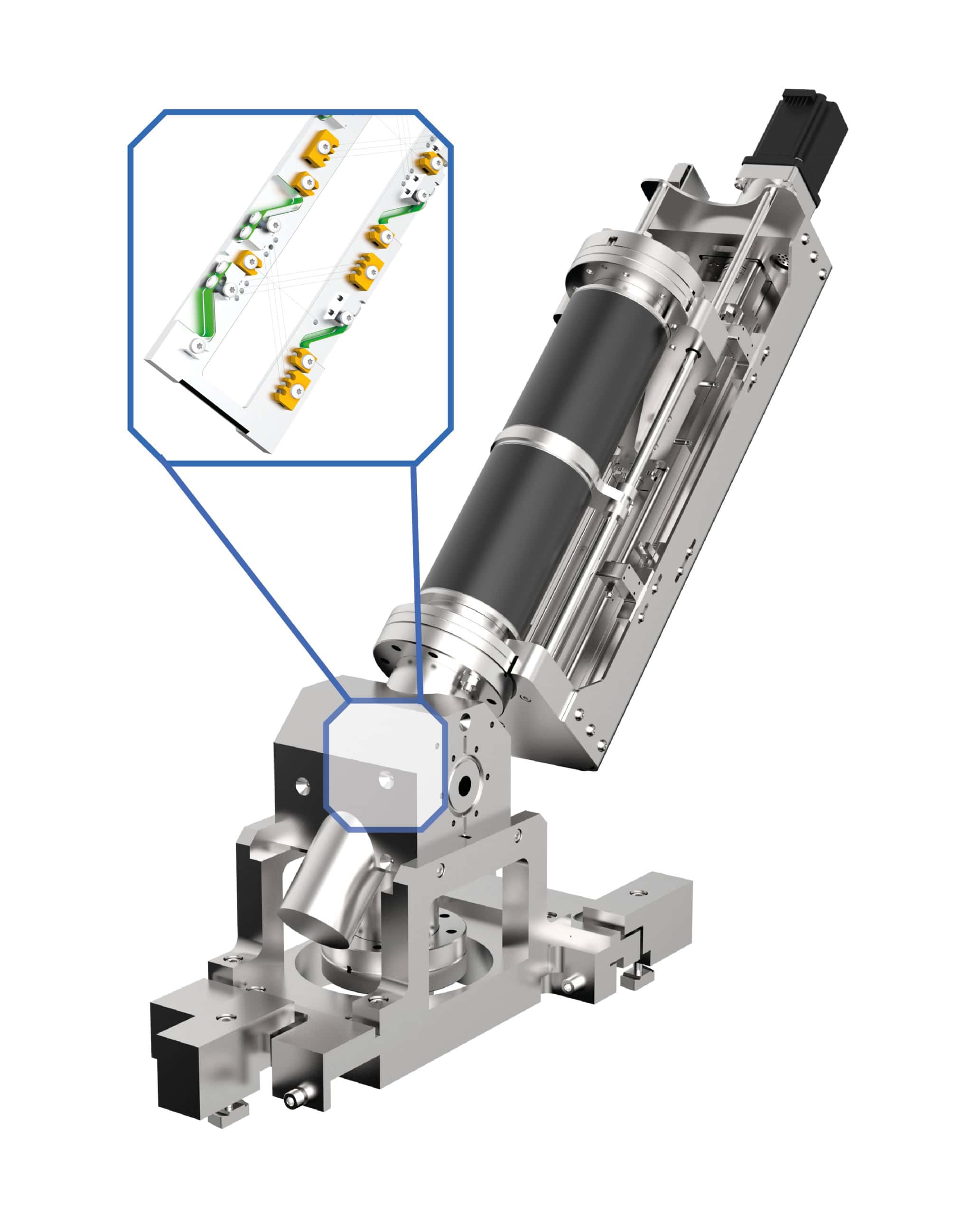Sympathetic cooling gives antihydrogen experiment a boost
Physicists working on the Antihydrogen Laser Physics Apparatus (ALPHA) experiment at CERN have trapped and accumulated 15,000 antihydrogen atoms in less than 7 h. This accumulation rate is more than 20 times the previous record. Large ensembles of antihydrogen could be used to search for tiny, unexpected differences between matter and antimatter – which if discovered could point to physics beyond the Standard Model.
According to the Standard Model every particle has an antimatter counterpart – or antiparticle. It also says that roughly equal amounts of matter and antimatter were created in the Big Bang. But, today there is much more matter than antimatter in the visible universe, and the reason for this “baryon asymmetry” is one of the most important mysteries of physics.
The Standard Model predicts the properties of antiparticles. An antiproton, for example, has the same mass as a proton and the opposite charge. The Standard Model also predicts how antiparticles interact with matter and antimatter. If physicists could find discrepancies between the measured and predicted properties of antimatter, it could help explain the baryon asymmetry and point to other new physics beyond the Standard Model.
Powerful probe
Just as a hydrogen atom comprises a proton bound to an electron, an antihydrogen antiatom comprises an antiproton bound to an antielectron (positron). Antihydrogen offers physicists several powerful ways to probe antimatter at a fundamental level. Trapped antiatoms can be released in freefall to determine if they respond to gravity in the same way as atoms. Spectroscopy can be used to make precise measurements of how the electromagnetic force binds the antiproton and positron in antihydrogen with the aim of finding differences compared to hydrogen.
So far, antihydrogen’s gravitational and electromagnetic properties appear to be identical to hydrogen. However, these experiments were done using small numbers of antiatoms, and having access to much larger ensembles would improve the precision of such measurements and could reveal tiny discrepancies. However, creating and storing antihydrogen is very difficult.
Today, antihydrogen can only be made in significant quantities at CERN in Switzerland. There, a beam of protons is fired at a solid target, creating antiprotons that are then cooled and stored using electromagnetic fields. Meanwhile, positrons are gathered from the decay of radioactive nuclei and cooled and stored using electromagnetic fields. These antiprotons and positrons are then combined in a special electromagnetic trap to create antihydrogen.
This process works best when the antiprotons and positrons have very low kinetic energies (temperatures) when combined. If the energy is too high, many antiatoms will be escape the trap. So, it is crucial that the positrons and antiprotons to be as cold as possible.
Sympathetic cooling
Recently, ALPHA physicists have used a technique called sympathetic cooling on positrons, and in a new paper they describe their success. Sympathetic cooling has been used for several decades to cool atoms and ions. It originally involved mixing a hard-to-cool atomic species with atoms that are relatively easy to cool using lasers. Energy is transferred between the two species via the electromagnetic interaction, which chills the hard-to-cool atoms.
The ALPHA team used beryllium ions to sympathetically cool positrons to 10 K, which is five degrees colder than previously achieved using other techniques. These cold positrons boosted the efficiency of the creation and trapping of antihydrogen, allowing the team to accumulate 15,000 antihydrogen atoms in less than 7 h. This is more than a 20-fold improvement over their previous record of accumulating 2000 antiatoms in 24 h.
Science fiction
“These numbers would have been considered science fiction 10 years ago,” says ALPHA spokesperson Jeffrey Hangst, who is a Denmark’s Aarhus University.
Team member Maria Gonçalves, a PhD student at the UK’s Swansea University, says, “This result was the culmination of many years of hard work. The first successful attempt instantly improved the previous method by a factor of two, giving us 36 antihydrogen atoms”.
The effort was led by Niels Madsen of the UK’s Swansea University. He enthuses, “It’s more than a decade since I first realized that this was the way forward, so it’s incredibly gratifying to see the spectacular outcome that will lead to many new exciting measurements on antihydrogen”.
The cooling technique is described in Nature Communications.
The post Sympathetic cooling gives antihydrogen experiment a boost appeared first on Physics World.
